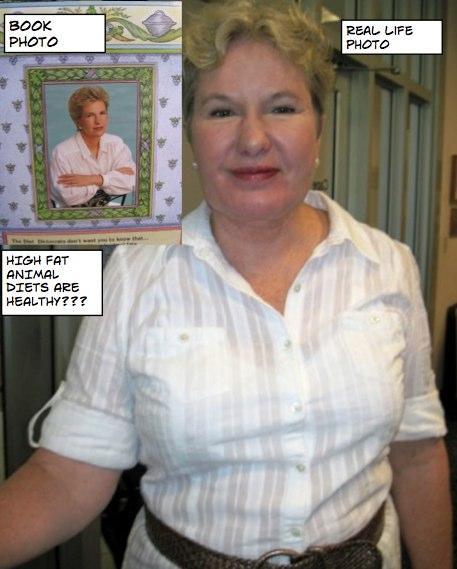DaveFoster
Member
I'm writing a paper for my colloquium class on Rapa Nui. I'm going to talk about the introduction of refined grains and vegetable oils into their diet and its contributing factor on obesity.
The current scientific mantra blames coconut oil for the problems of diabetes mellitus and obesity in Polynesia, so I'm trying to provide evidence to the contrary, such as the study done by Ian Prior on the lack of cholesterol in populations with high amounts of coconut oil.
Do you guys know of any relevant studies pertaining to obesity and diabetes? I'm going to search the forums.
The current scientific mantra blames coconut oil for the problems of diabetes mellitus and obesity in Polynesia, so I'm trying to provide evidence to the contrary, such as the study done by Ian Prior on the lack of cholesterol in populations with high amounts of coconut oil.
Do you guys know of any relevant studies pertaining to obesity and diabetes? I'm going to search the forums.


